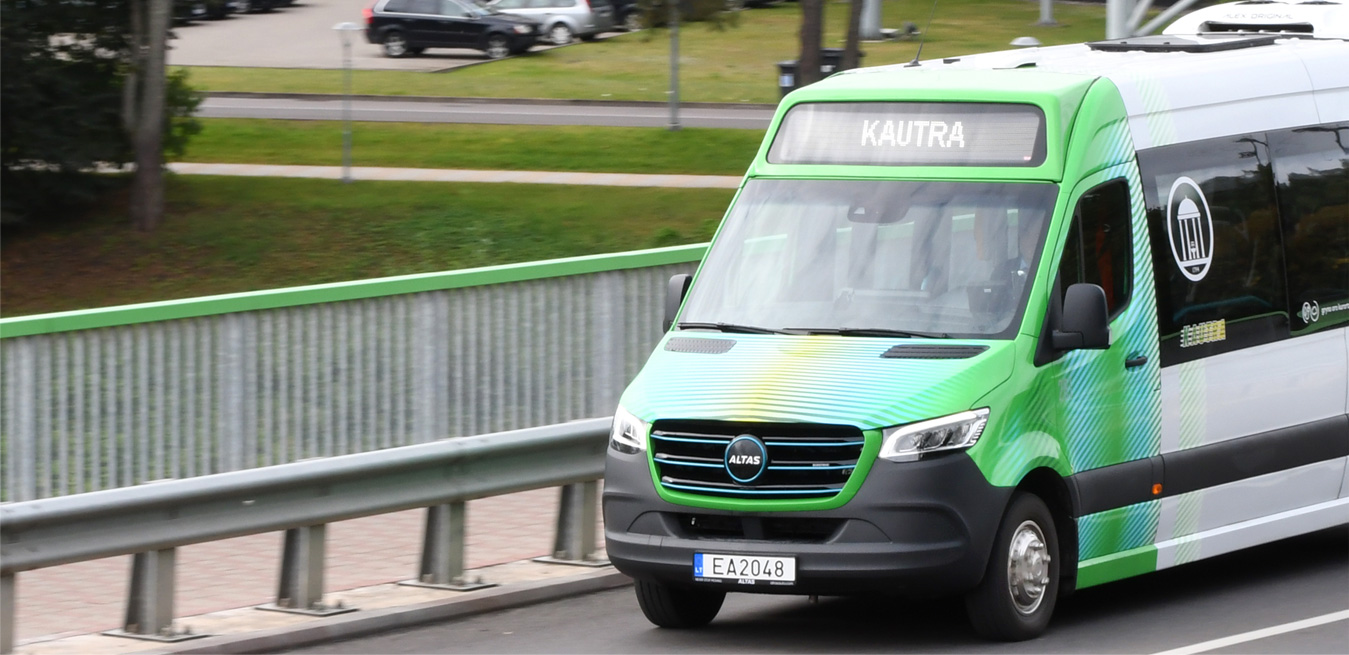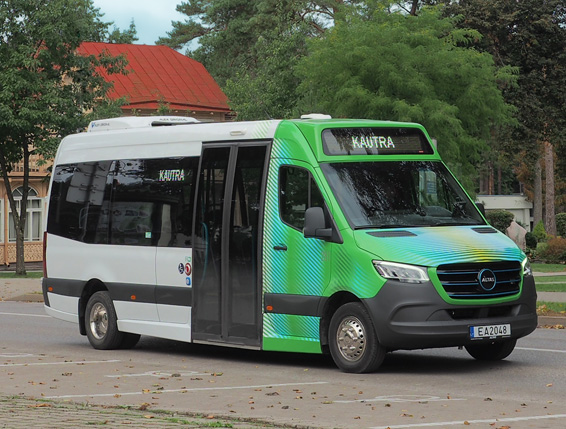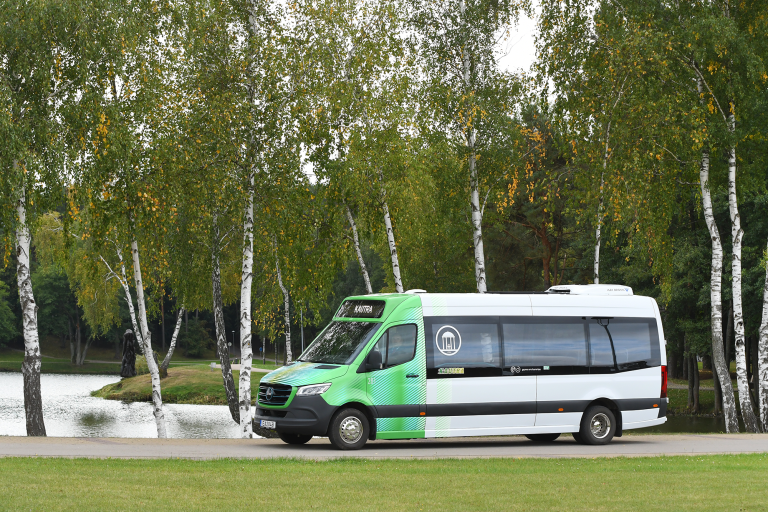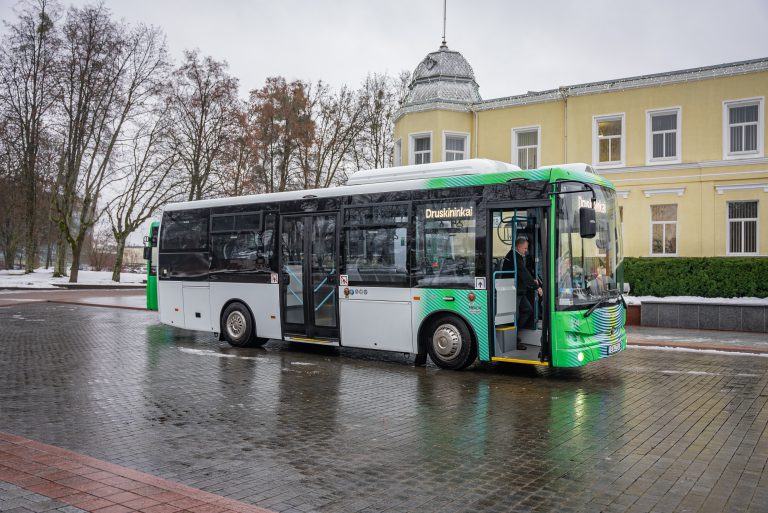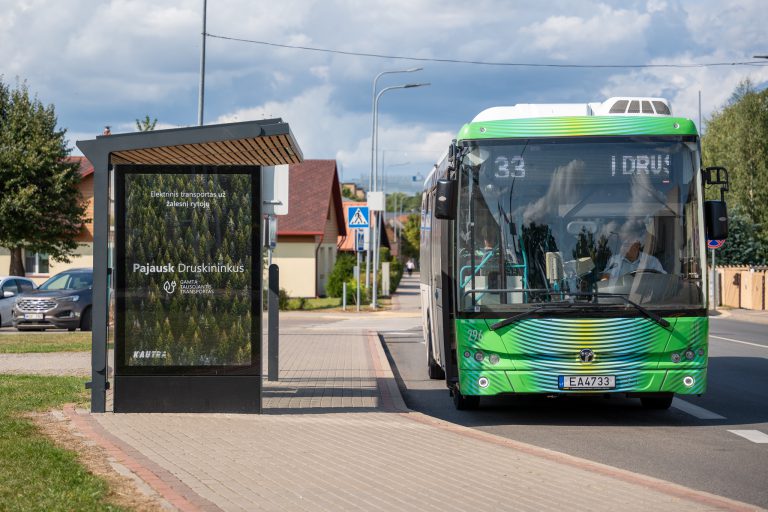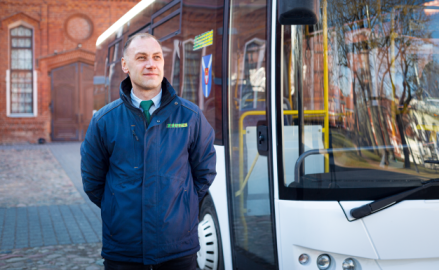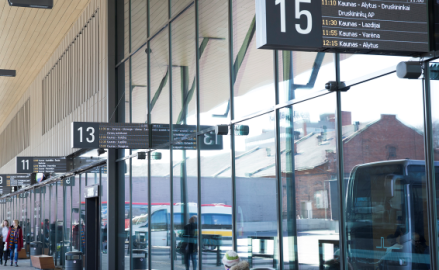Green direction
We are proud to showcase our commitment to sustainability and ecology by operating modern electric buses. Our mission is to provide a comfortable and environmentally friendly journey for every passenger, while reducing carbon emissions and air pollution in cities.
Electric buses not only allow us to reduce our environmental impact, they also enable us to offer quiet, smooth and efficient transport. We invite you to join us in creating a cleaner and healthier future by choosing KAUTRA’s green direction!

